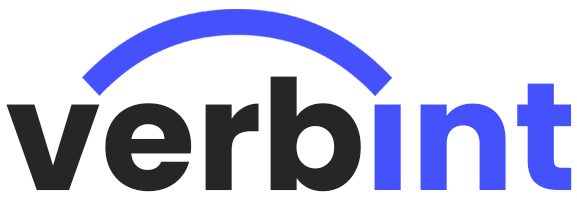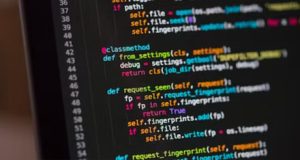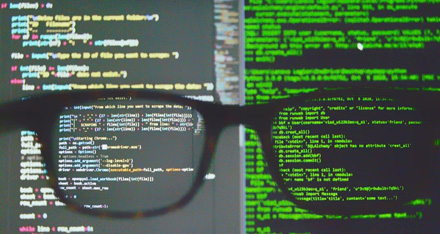In this course, learners will be introduced to the fundamentals of the python programming environment. They will learn essential python programming techniques and how to manipulate csv files and use the numpy library. The course will also cover data manipulation and cleaning using pandas, with a focus on Series and DataFrame as central data structures for analysis. Students will learn how to effectively use functions like groupby, merge, and pivot tables. By completing this course, students will gain the ability to clean tabular data, manipulate it, and conduct basic inferential statistical analyses. Additionally, it is recommended that participants take this course before enrolling in any of the other Applied Data Science with Python courses: Applied Plotting, Charting & Data Representation in Python; Applied Machine Learning in Python; Applied Text Mining in Python; Applied Social Network Analysis in Python.
After completing this course, students will have a strong foundation in Python programming and data manipulation techniques using libraries such as numpy and pandas. This knowledge will be essential for further courses in Applied Data Science with Python, including topics like plotting and charting, machine learning, text mining, and social network analysis.
This course, which is part of the Applied Data Science with Python Specialization, offers the opportunity to learn new concepts from industry experts and develop job-relevant skills through hands-on projects. By enrolling in this course, you’ll also be enrolled in this Specialization and have the chance to gain a foundational understanding of a subject or tool while earning a shareable career certificate.
Course Syllabus:
Fundamentals of Data Manipulation with Python
| Introduction to Specialization |
3 minutes |
| Introduction to the Course |
4 minutes |
| The Coursera Jupyter Notebook System |
8 minutes |
| Python Functions |
8 minutes |
| Python Types and Sequences |
8 minutes |
| Python More on Strings |
3 minutes |
| Python Demonstration: Reading and Writing CSV files |
3 minutes |
| Python Dates and Times |
2 minutes |
| Advanced Python Objects, map() |
5 minutes |
| Advanced Python Lambda and List Comprehensions |
2 minutes |
| Numerical Python Library(NumPy) |
32 minutes |
| Manipulating Text with Regular Expression |
27 minutes |
Basic Data Processing with Pandas
| Introduction to Pandas – 3 minutes |
Preview module |
| The Series Data Structure |
10 minutes |
| Querying a Series |
15 minutes |
| DataFrame Data Structure |
12 minutes |
| DataFrame Indexing and Loading |
8 minutes |
| Querying a DataFrame |
9 minutes |
| Indexing Dataframes |
8 minutes |
| Missing Values |
11 minutes |
| Example: Manipulating DataFrame |
8 minutes |
More Data Processing with Pandas
| Merging Dataframes |
15 minutes |
| Pandas Idioms |
15 minutes |
| Group by |
19 minutes |
| Scales |
10 minutes |
| Pivot Table |
9 minutes |
| Date/Time Functionality |
12 minutes |
Answering Questions with Messy Data
| Basic Statistical Testing |
13 minutes |
| Other Forms of Structured Data |
6 minutes |
| Science Isn’t Broken: p-hacking |
45 minutes |
| Goodhart’s Law (Optional) |
30 minutes |
| The 5 Graph Algorithms that you should know |
10 minutes |
| Post-course Survey |
10 minutes |
| Keep Learning with Michigan Online! |
10 minutes |
Tags: Data Science, Free Course, Free Courses, University of Michigan





